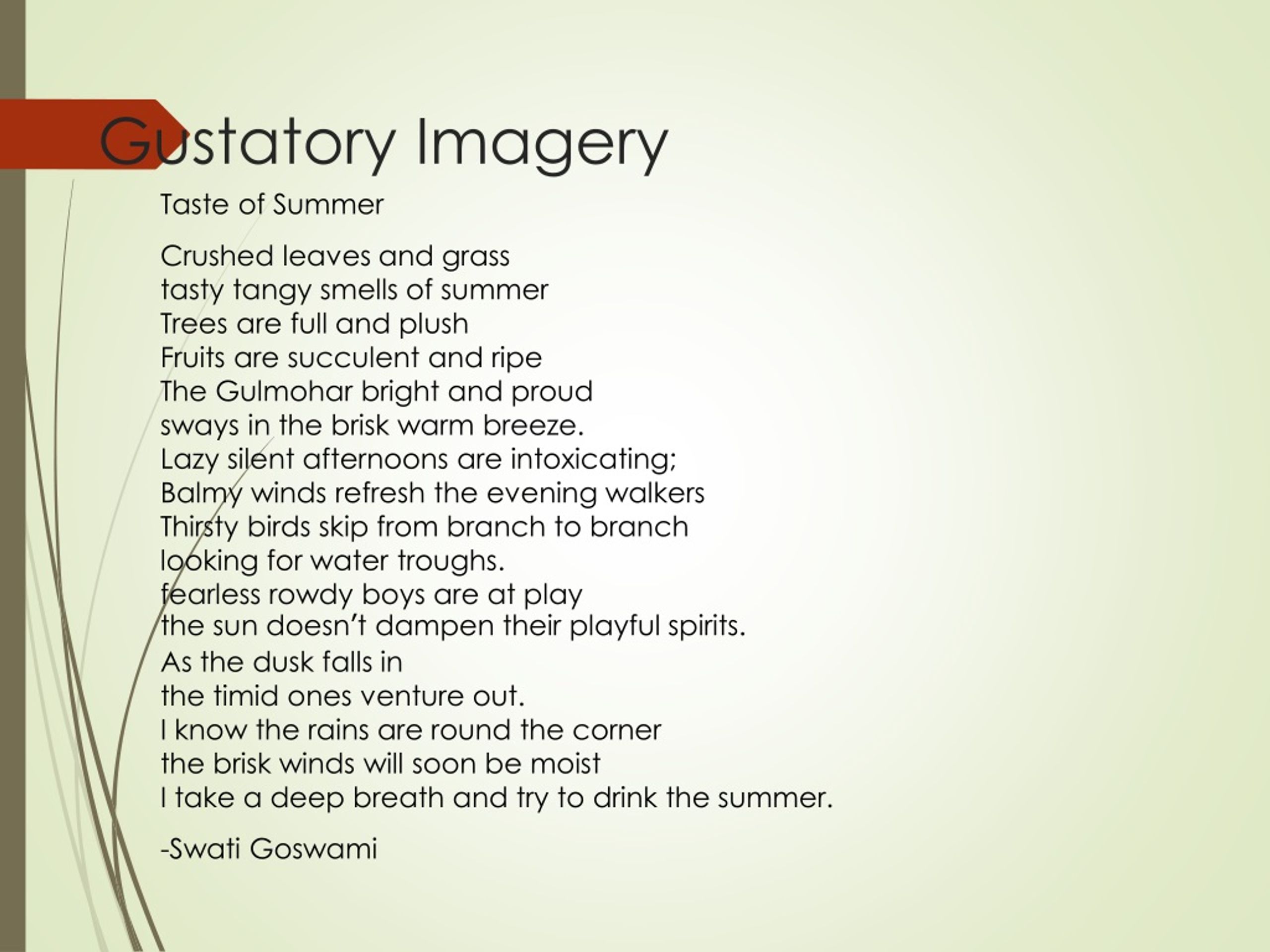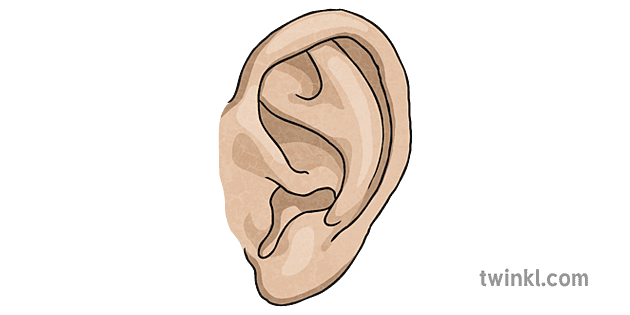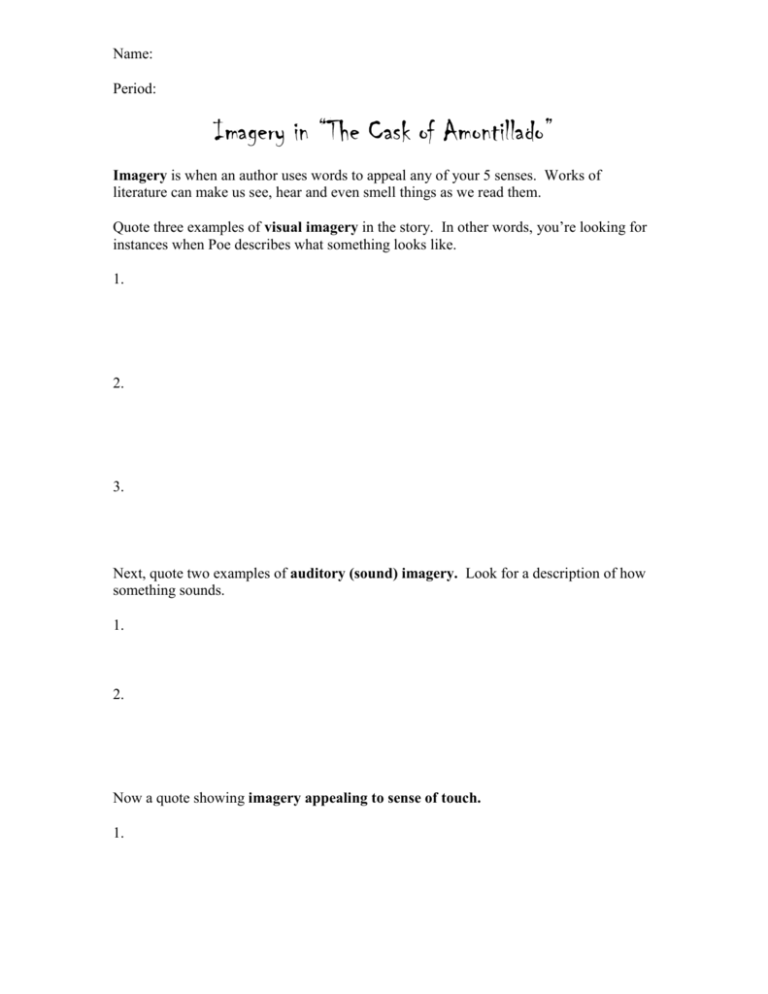Auditory imagery in literature refers to the use of words and phrases that help to create a soundscape in the reader's mind. This can be achieved through the use of onomatopoeia, alliteration, assonance, and consonance, as well as through the use of descriptive language that evokes a sense of sound.
One of the most common ways that auditory imagery is used in literature is through the use of onomatopoeia. Onomatopoeia is the use of words that mimic the sounds they describe. For example, the word "hiss" mimics the sound of a snake, and the word "meow" mimics the sound of a cat. Onomatopoeia is often used in literature to create a sense of realism and to bring the reader into the world of the story.
Alliteration is another technique that is frequently used to create auditory imagery in literature. Alliteration occurs when words that begin with the same sound are used in close proximity to one another. For example, the phrase "Peter Piper picked a peck of pickled peppers" is an example of alliteration because it features the repeated sound of the letter "p". Alliteration is often used in literature to add emphasis or to create a sense of rhythm.
Assonance and consonance are two other techniques that are used to create auditory imagery in literature. Assonance occurs when words that contain the same vowel sound are used in close proximity to one another. For example, the phrase "It was a fine wine" features assonance because it contains the repeated vowel sound of "i". Consonance, on the other hand, occurs when words that contain the same consonant sound are used in close proximity to one another. For example, the phrase "He sells seashells by the seashore" is an example of consonance because it contains the repeated consonant sound of "s".
In addition to these techniques, descriptive language can also be used to create auditory imagery in literature. For example, an author might describe the sound of a character's footsteps as "soft and padded" or the sound of a car engine as "a low, throaty growl". By using descriptive language to evoke a sense of sound, an author can help to create a more immersive reading experience for the reader.
Overall, auditory imagery is an important aspect of literature and can be used to create a sense of realism, add emphasis, and create a more immersive reading experience. Whether through the use of onomatopoeia, alliteration, assonance, consonance, or descriptive language, auditory imagery can help to bring a story to life and make it more engaging for the reader.






